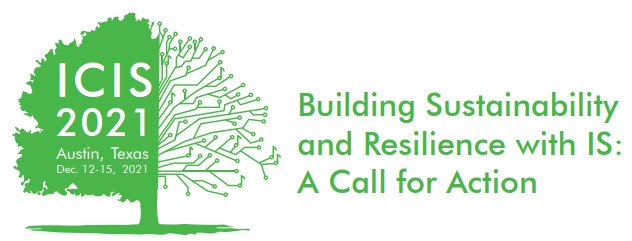Human Computer / Robot Interaction
Loading...
Paper Number
1419
Paper Type
Completed
Description
Consumers increasingly rely on chatbots when interacting with firms. This is not only because it is convenient, but also because consumers do not feel judged by these artificial conversational agents. However, when compared to interacting with human employees, interactions with chatbots lack human warmth and sociability. To facilitate these social experiences, firms design their chatbots to convey social presence. Prior research shows that once perceptions of social presence are elicited, consumers’ intentions to use the chatbot increase. However, the present work questions whether designing for social presence is always desirable by spotlighting settings in which the topic of the interaction is perceived as embarrassing by consumers. A scenario experiment shows that while designing for social presence by concealing the chatbot’s identity increases usage intention in non-embarrassing contexts, it backfires in contexts perceived as embarrassing. These results challenge the current mantra of the salutary effects of social presence in human-chatbot interactions.
Recommended Citation
Mozafari, Nika; Weiger, Welf H.; and Hammerschmidt, Maik, "That’s so Embarrassing! When not to Design for Social Presence in Human–Chatbot Interactions" (2021). ICIS 2021 Proceedings. 5.
https://aisel.aisnet.org/icis2021/hci_robot/hci_robot/5
That’s so Embarrassing! When not to Design for Social Presence in Human–Chatbot Interactions
Consumers increasingly rely on chatbots when interacting with firms. This is not only because it is convenient, but also because consumers do not feel judged by these artificial conversational agents. However, when compared to interacting with human employees, interactions with chatbots lack human warmth and sociability. To facilitate these social experiences, firms design their chatbots to convey social presence. Prior research shows that once perceptions of social presence are elicited, consumers’ intentions to use the chatbot increase. However, the present work questions whether designing for social presence is always desirable by spotlighting settings in which the topic of the interaction is perceived as embarrassing by consumers. A scenario experiment shows that while designing for social presence by concealing the chatbot’s identity increases usage intention in non-embarrassing contexts, it backfires in contexts perceived as embarrassing. These results challenge the current mantra of the salutary effects of social presence in human-chatbot interactions.
When commenting on articles, please be friendly, welcoming, respectful and abide by the AIS eLibrary Discussion Thread Code of Conduct posted here.



Comments
10-HCI